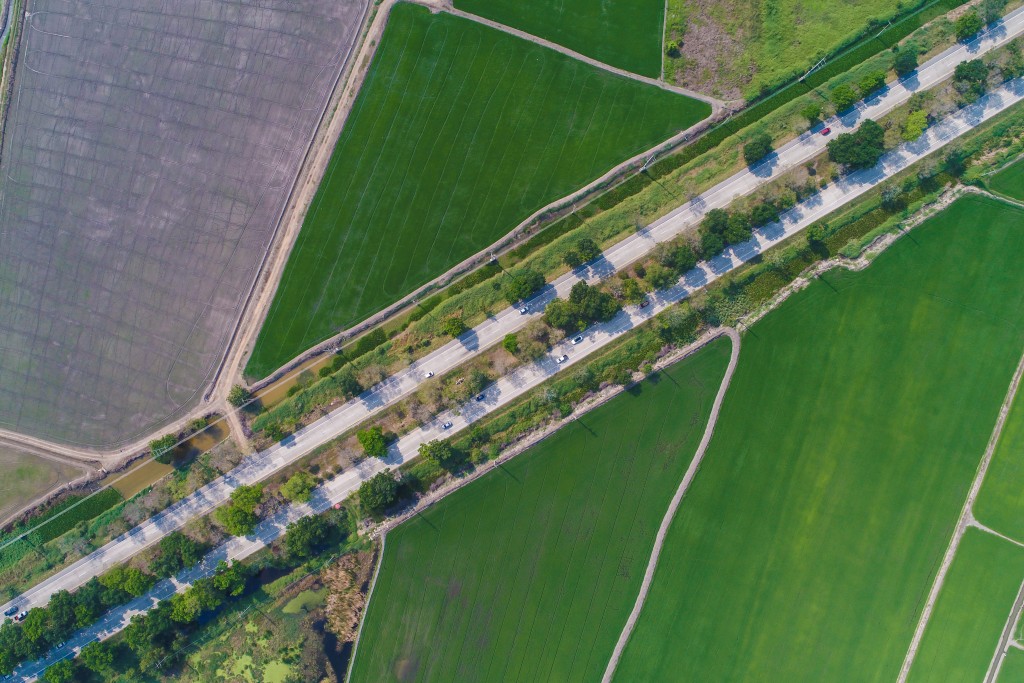Rural sacrifices for urbanisation
The remarkable economic expansion of Malaysia has been propelled by its swift urbanisation and development. Even though sprawling townships and shining skyscrapers are symbols of progress, the stories that lie beneath them are frequently far from idyllic. The harsh realities of property development in rural versus urban areas show a complicated interaction between social unrest, economic opportunity and environmental effects.
The rural community represents around 25% of Malaysia’s total population and they are essential for Malaysia’s economic development. They are a source of food and other agro-industry commodities such as palm oil, rubber and cocoa. Yet, they suffer from large income gaps compared to urbanites. Compared to the city, there is a stark disparity in their infrastructure and even fewer economic opportunities.
Stark contrasts
In Malaysia, urban development is frequently viewed as a catalyst for economic growth. Malls and high-rise office buildings draw customers and businesses, creating jobs and income. Robust regulations and infrastructure support these projects, making construction and operation more efficient. As a result, developers receive high returns on their investments, which boosts the country’s economy as a whole.
In contrast, the situation is very different in rural areas. Large-scale development initiatives, which are frequently concentrated on mining, plantations or infrastructure like dams have the potential to significantly disturb the lives of nearby people. Profit is frequently given precedence over people in these projects, which may result in the acquisition of land at unfair rates. What happens then? It forces locals from their ancestral lands and upsets their traditional means of life. It may become necessary for farmers who have farmed the land for many generations to sell, cutting off their ties to the land and their way of life.
How many involved?
The Department of Statistics Malaysia reported more than 1.4 million Malaysians are involved in agriculture, with around 7.5 million hectares of land cultivated for industrial crops such as oil palm, rubber, cocoa and rice. Out of these, 80% of the farmers in agro-food are classified as smallholder farmers. When faced with development, their land will likely be forced to be given up for developer land banks.
It is rare for nearby communities to reap the financial rewards of these rural initiatives. There are few job prospects for locals because skilled positions are frequently filled by outsiders. Furthermore, social issues like crime and cultural conflicts may arise as a result of the labour inflow and the development of new industries. Ultimately, rural communities often bear the brunt of it, bearing the negative consequences without benefiting from urban development, while urban development flourishes.
Environmental costs
Ecological sustainability is frequently sacrificed in the name of economic expansion. Urban and rural growth can both result in deforestation, which upsets the delicate ecological balance and contributes to the loss of habitat for endangered species.
Increased pressure on natural resources like water and fertile soil results from unchecked land development, which opens the door for agricultural growth. Agri-business productivity can be negatively impacted by unsustainable farming practices, which can also cause soil erosion and affect long-term land usage.
There are different ecological challenges associated with urban development. Pollution of the air and water is a result of both increased population density and construction. Resources like energy and water are in greater demand, which puts strain on the infrastructure already in place and may result in shortages or rationing. All communities regardless of where they are located may be permanently impacted by these environmental repercussions.
Transparency issues
In the haste to develop, fairness and transparency are some frequently brought up issues. The process of acquiring land is often a source of concern, with claims of inadequate compensation and improper consultation with local communities. The thoroughness and efficacy of environmental impact assessments in reducing potential harm are also questioned in light of increased scrutiny.
Governmental initiatives
The Ministry of Housing and Local Government, with The National Physical Planning Divisions under the Department of Town and Country Planning, has implemented the National Rural Physical Policy 2030 (NRPP 2030), which has the potential to combat the main issues related to rural development in Malaysia.
Under the policy, firstly the environment and biodiversity of rural areas need to be preserved, conserved and restored. Secondly, the development gap between urban and rural can be overcome through the proposed upgrading of existing small towns with various facilities. Thirdly, villages located adjacent to towns must be controlled from urban sprawl threats to preserve the rural image and identity. Fourth, the diversity of viable rural sources must be further strengthened to improve the opportunities and economic level of the rural community. For the final mitigation, it emphasises that effective rural administrative management depends on good leadership at the village and district level.
This article was first published in Star Biz7.
Source: StarProperty.my
















POST YOUR COMMENTS